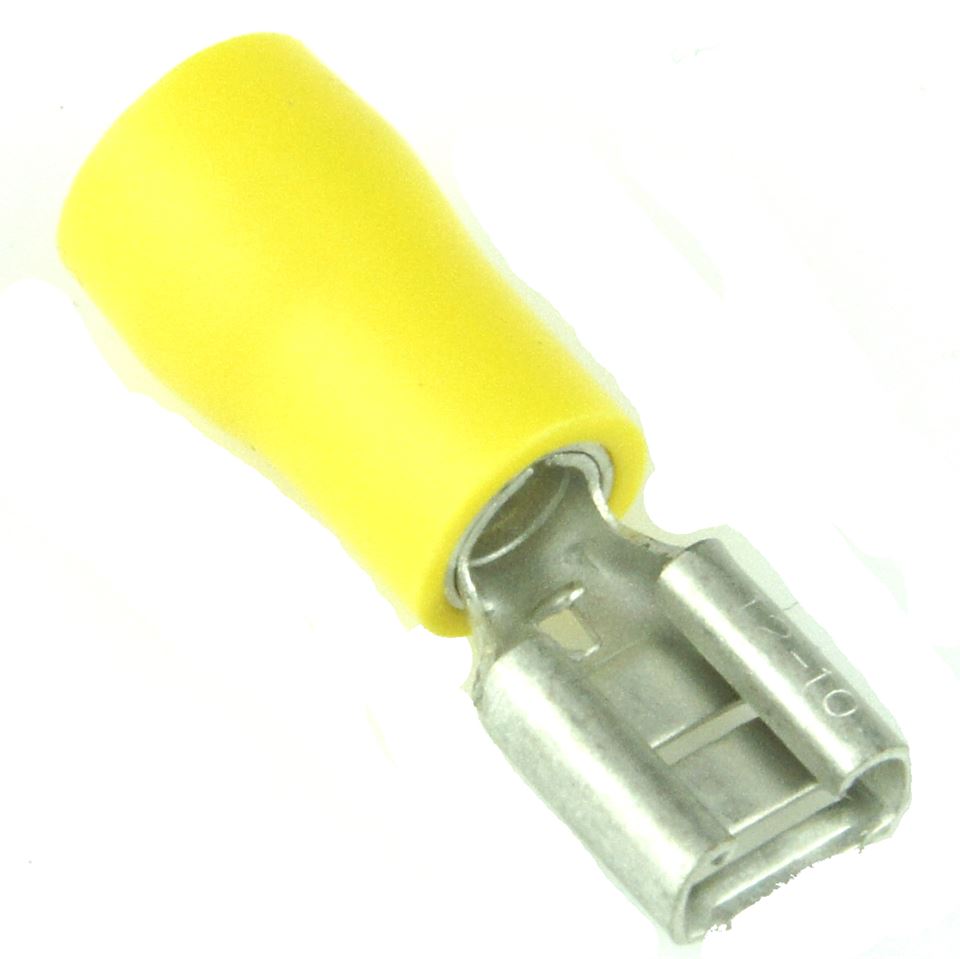I am planning to build a controller that needs to cope with around 36 amps continuously. I am trying to find a good way of soldering transistor pins to a large wire. Does anyone have any tips?
Please see image at the below:

A bit messy but similar to what I was thinking, on the left side would be a crimped terminal that screws onto the bolt, then copper wire is wrapped around the bolt (and tightened) with the other end of the cable soldered to the transistor.
Some of my issues are:
- How can the pins of a resistor stand up to the current demands when I require a cable so large to carry it?
- I think the soldered part looks messy, I also worry that the contact area between the pin and wire will not be enough to carry the current.
Any help or advice would be much appreciated.
Please see image at the below:

A bit messy but similar to what I was thinking, on the left side would be a crimped terminal that screws onto the bolt, then copper wire is wrapped around the bolt (and tightened) with the other end of the cable soldered to the transistor.
Some of my issues are:
- How can the pins of a resistor stand up to the current demands when I require a cable so large to carry it?
- I think the soldered part looks messy, I also worry that the contact area between the pin and wire will not be enough to carry the current.
Any help or advice would be much appreciated.










